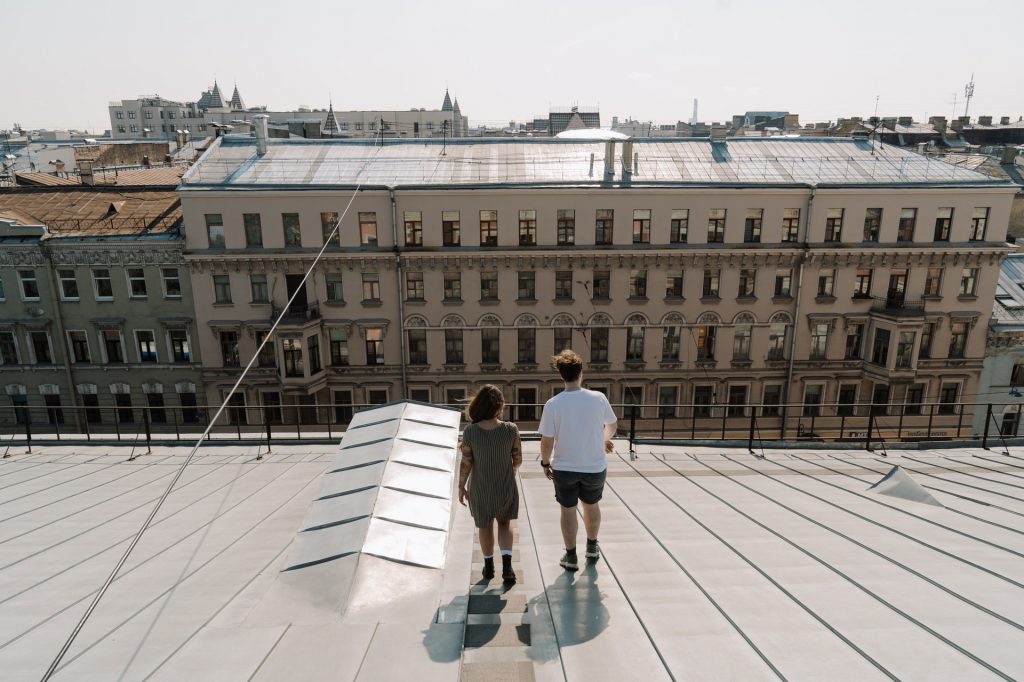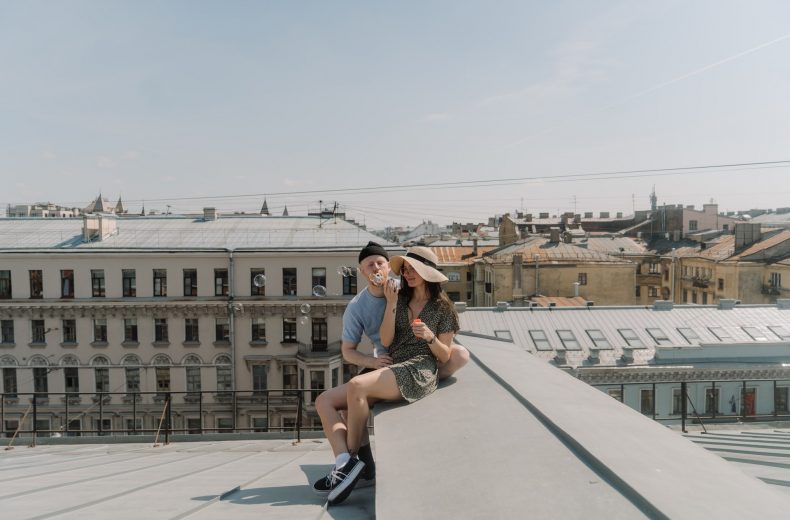Jet Boating the Lachine Rapids in Montreal
I’ve worn more fetching outfits than this, that’s for sure: a purple plastic jumpsuit over a thick ex-army wool sweater and topped by an orange life-vest. Worse than the look, however, is the sensation of being about to melt into my black rubber bootees. “This kit is not to keep you dry,” says our instructor, “for you will get wet. It’s to keep you warm.”

Twenty minutes later, as the first huge wave crashes over us and soaks us to the skin, I know what he means. For the next half hour we squeal with exhilaration – and some trepidation – as we pitch and spin through white water rapids with names like Hawaii Five-0, the Rollercoaster, and, most alarmingly, The Toilet Bowl.
“Over there,” adds our guide, “is a whirlpool so strong that it can suck you down and hold you under even with a life jacket on. If we hadn’t been holding tight before we certainly are now.”
Back on dry land, we peel off the gear for which we have indeed been very grateful and accept a cup of hot chocolate. What makes this experience even more memorable is that it’s taken place, not in the heart of some remote wilderness, but in the center of a sophisticated city. We’ve headed to the white water along a skyline that includes buildings, modern high rises, places of worship, museums and theatres, a commercial port. And behind all that is Mount Royal the cross-topped mountain which gives the city its name.
Montreal’s historic background
The Lachine Rapids, in fact, is the reason Montreal exists: they marked in the old days the point at which the great Saint Lawrence river became unnavigable. The early settlers, led by Jacques Cartier who claimed it for, decided therefore that the 30 mile long island, the largest in an archipelago of over 70 islands, was as good a place to stop as any.
The driving forces behind the city’s growth were both sacred and secular. In the mid 16th century, France sent over a group of missionaries to convert the local Iroquois while hunters trapped beaver and other animals to feed the demand for fur back in Europe.
The influence of the Catholic Church was wide-reaching. The city was originally called Ville Marie and dedicated to the Virgin Mary and until well into the 20th century no building was allowed to be taller than the local church. Even today, no skyscraper must go higher than the cross on Mount Royal. The loggias – or exterior walls – which cover many of the beautifully wrought iron staircases in the old Plateau area are said to have been constructed at the behest of the church which found their serpentine curves too voluptuous.
Over the years though waves of immigrants have flowed into the city, setting up their first homes along the Saint Laurent Boulevard or Main Street as it was known with the result that Chinatown gives way to Little Italy which becomes the Portuguese quarter which merges into the Jewish neighborhood. The city has a Jewish community of more than 100,000 and a long: the first synagogue here. Famous sons include Mordecai Richler and Leonard Cohen.
Last modified: February 26, 2021
